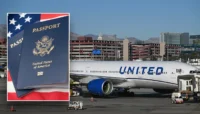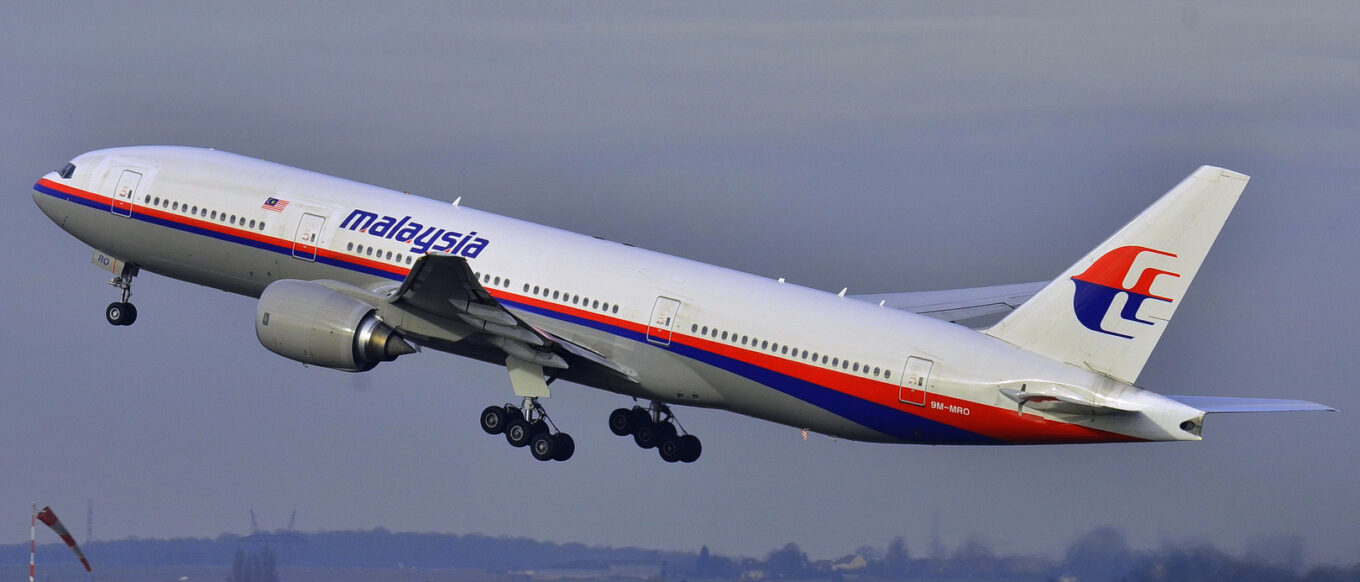Few events in aviation history have left as many unanswered questions as the disappearance of Malaysia Airlines Flight 370 (MH370). In an age where modern aircraft are equipped with advanced tracking systems, satellite communications, and multiple layers of redundancy, how could a Boeing 777-200ER, carrying 239 passengers and crew, simply vanish without a trace?
The story of MH370 is one of confusion, frustration, and sorrow. It triggered the largest and most expensive search in aviation history, yet to this day, the aircraft’s final resting place remains a mystery. Theories abound—ranging from mechanical failure to pilot suicide to even more bizarre conspiracy-driven explanations. But what really happened to MH370?
A Routine Flight That Never Reached Its Destination
On March 8, 2014, Malaysia Airlines Flight 370 took off from Kuala Lumpur International Airport (KUL) at 12:41 AM local time. The aircraft was on a routine overnight flight to Beijing Capital International Airport (PEK), carrying 227 passengers and 12 crew members. The flight was scheduled to last about six hours, and everything seemed normal as the aircraft climbed to its cruising altitude of 35,000 feet (FL350).
The Boeing 777-200ER was one of the safest and most reliable aircraft in the world, with an excellent safety record. The two pilots in command were Captain Zaharie Ahmad Shah, a highly experienced pilot with over 18,000 flight hours, and First Officer Fariq Abdul Hamid, who had 2,800 flight hours and was operating this route as part of his training.
The Final Contact
At 1:19 AM, as MH370 was leaving Malaysian airspace and entering Vietnam’s air traffic control zone, Kuala Lumpur ATC handed off control of the flight to Ho Chi Minh ATC in Vietnam. The last transmission from the cockpit was calm and routine:
“Good night, Malaysian Three Seven Zero.”
Those would be the last words ever heard from the aircraft. Just two minutes later, at 1:21 AM, MH370’s transponder—responsible for sending identification and altitude data to air traffic controllers—suddenly stopped transmitting. At the same time, the aircraft disappeared from civilian radar screens.
Vanished Without a Trace
Initially, air traffic controllers assumed it was a communication failure, a rare but not impossible occurrence. Ho Chi Minh ATC tried to contact the flight but received no response. When the aircraft failed to check in at its next waypoint, alarm bells started ringing.
However, military radar data later revealed that MH370 had not crashed immediately. Instead, it made a dramatic left turn, reversing its course and flying back across the Malaysian Peninsula. This turn was not reported by the pilots, and it deviated significantly from the planned route to Beijing.
For the next hour, the aircraft continued flying off course, undetected by civilian air traffic control but intermittently visible on military radar. At 2:22 AM, as it approached the Andaman Sea, it vanished from radar altogether.
No distress call. No emergency signals. Just… gone.
The Search Begins: A Race Against Time
As daylight broke, Malaysian authorities and international agencies scrambled to locate the missing flight. Initial search efforts focused on the South China Sea, along MH370’s planned route to Beijing. But after reviewing military radar data, officials realized that the aircraft had actually flown westward into the Indian Ocean—completely off its intended path.
The situation grew even more confusing when investigators discovered that the aircraft’s satellite communication system (SATCOM) had sent handshake signals (or “pings”) to a satellite owned by Inmarsat, a British telecommunications company. These signals, received every hour, continued for nearly seven hours after the aircraft vanished from radar, meaning that the aircraft was still airborne until around 8:19 AM.
Using complex mathematical calculations based on these satellite pings, experts determined that the aircraft likely ended its journey somewhere in the remote southern Indian Ocean. But without a precise crash location, search teams were faced with an unprecedented challenge: locating a single aircraft in one of the most isolated and deep parts of the ocean.
The Largest Search in Aviation History
The search for MH370 became the most extensive and costly aviation search ever conducted. Over 26 countries contributed resources, including ships, aircraft, satellites, and deep-sea submarines. The initial search focused on the Indian Ocean’s seventh arc, an area covering 120,000 square kilometers (46,000 square miles)—an area larger than Greece.
For months, search teams scoured the ocean floor, using sonar imaging and deep-sea drones, but no wreckage was found.
It wasn’t until July 2015, more than a year after the disappearance, that a breakthrough came. A flaperon (a part of the aircraft’s wing) was discovered on Réunion Island, thousands of kilometers west of the main search area. Over the next few years, more debris—confirmed to be from MH370—was found along the shores of Madagascar, Mozambique, and other parts of Africa.
But the main wreckage, including the fuselage, cockpit, and flight recorders (“black boxes”), remains missing.
Theories and Speculations
With no definitive answers, multiple theories have emerged about what happened to MH370:
🔹 Pilot Suicide? – Some investigators suspect Captain Zaharie Ahmad Shah deliberately flew the aircraft off course and into the ocean. However, no suicide note, no motive, and no clear evidence support this theory.
🔹 Mechanical Failure? – A possible electrical fire or sudden decompression could have incapacitated the crew, causing the aircraft to fly on autopilot until it ran out of fuel. But if that were the case, why were there deliberate course changes?
🔹 Hijacking or Cyberattack? – Could MH370 have been hijacked? Some theories suggest a remote takeover, but no group ever claimed responsibility.
🔹 Government Cover-up? – Conspiracies suggest that military forces accidentally shot down MH370 and covered it up. However, there’s no evidence to support this claim.
The Legacy of MH370
The disappearance of Malaysia Airlines Flight 370 changed aviation forever. New rules now require aircraft to report their location more frequently, reducing the risk of another aircraft going missing without a trace. But for the families of the 239 souls on board, the mystery remains a painful, unresolved tragedy.
Will we ever find MH370? Perhaps one day, a breakthrough will uncover the wreckage and finally reveal what happened on that fateful night.
What Do You Think?
What do you believe happened to MH370? Do you think we will ever find the wreckage? Share your thoughts in the comments below—let’s discuss aviation’s most puzzling mystery. ✈️🔎








